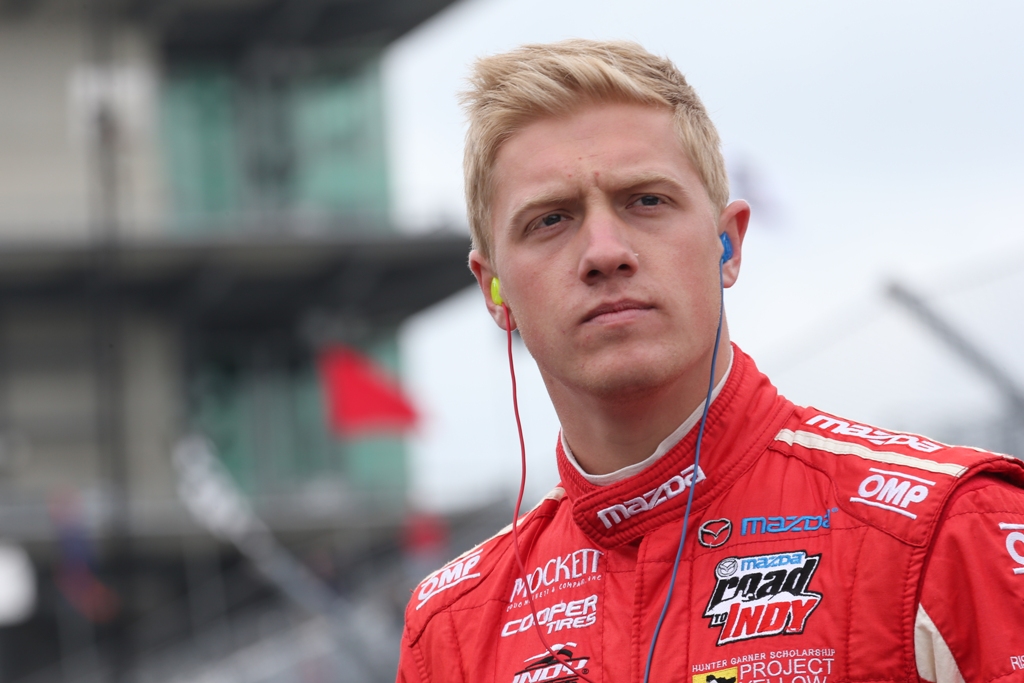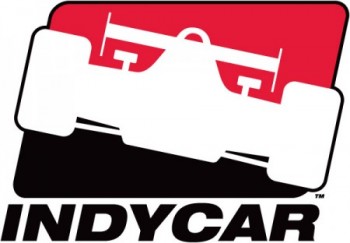A champion could be crowned this week in America.
This week, Formula 1 returns to Circuit of the Americas in Elroy, Texas – on the outskirts of Austin – for the United States Grand Prix. This’ll be the 45th edition of the race, 38th as a round of the FIA Formula 1 World Championship and fourth at COTA.
About COTA
Let’s talk about Circuit of the Americas. The track is roughly three and a half miles (3.427 to be exact) and is modeled after several famous tracks. Turns three through six modeled after Maggots, Becketts and Chapel at Silverstone, while turn seven is loosely based on the Senna S curve at Interlagos. Not sure if the long backstretch at COTA was modeled after Istanbul Park, but both are roughly similar. Turns 13 through 15 are modeled after the Arena Bends at the Hockenheimring, while turns 17 and 18 are modeled after the high speed turn eight at Istanbul Park.
But don’t take my word for it, let Sky Sports’s Martin Brundle take you for a lap around COTA.
https://www.youtube.com/watch?v=u-Jee_AuH_Y
The track will have two DRS zones. The first will be on the pit straight from the exit of turn 20 to the entrance of turn one while the second will be on the backstretch between turns 11 and 12. Pirelli will bring the yellow banded soft tires as the option compound and the white banded medium tires as the primary compound. Unless the race is affected by weather, teams will be required to use both dry compounds at least once in the race. The forecast this weekend is wet with a chance of more wet. So expect large usage of the intermediate and full wet tires.
History of the United States Grand Prix
Indianapolis 500
F1 has raced in the United States since 1950 when the Indianapolis 500 was a round of the world championship from 1950 to 1960. However, the cars in the 500 ran different rules than were used by the FIA. As a result, only one regular F1 driver, Alberto Ascari, entered the race during that time.
Sebring
So while the Indy 500 was part of the world championship, the first real F1 race on American soil took place on Dec. 12, 1959 at Sebring International Raceway. It was the ninth and final round of the 1959 season and was won by Bruce McLaren. At 22 years, three months and 12 days old, McLaren was the second youngest winner in the history of F1. It was widely misreported that he was the youngest when that distinction belongs to Tony Ruttman – Joe Ruttman’s older brother – who was 22 years and 80 days old when he won the 1952 Indianapolis 500. Either way, both records stood for 44 years until it was broken by Fernando Alonso in 2003.
Riverside
In 1960, F1 returned to the U.S. to race at Riverside International Raceway. The race was won by Sir Stirling Moss.
Watkins Glen
Despite being in the worlds largest consumer market, race promoter Alec Ullman was unable to drum up the crowds and support needed to secure a place at Sebring or Riverside. He attempted to work out a deal with Bill France to run the race at Daytona International Speedway (which I admit would be cool if that had actually happened), but was unable to reach an agreement. Finally, he reached an agreement with race promoter Cameron Argetsinger and the United States Grand Prix found a new home in the Finger Lakes region of New York at Watkins Glen International.
When I say a new home, I really mean a new home. For the next 20 years, fans gathered every Autumn to watch Formula 1. It’s isolated, peaceful and quiet location gave the track a “vacation atmosphere.” With The Glen either bookending or towards the end of the F1 calendar, the festivities with fans and teams some years celebrating winning the title in America. All this lended to The Glen becoming the “Mecca” of American road racing and one of the greatest race tracks in the world.
Unfortunately, Watkins Glen was not keeping up with the times. By the time 1980 came around, the track had lost a lot of its early splendor as the track surface was getting more bumpy, the facilities were growing cramped and the crowds went from civilized party goers to rowdy drunks. These drunks gained an infamous reputation for going to the “Bog” inside the Boot section to set cars, trees and even a Greyhound Bus on fire. Eventually, the crowds and lack of significant improvements led to the demise of the United States Grand Prix at Watkins Glen.
Various locations
During the period between 1981 and 1989, Formula 1 ran at different locations in the U.S. such as on the streets of Long Beach, Calif. (this race still runs as the Toyota Grand Prix of Long Beach on the IndyCar schedule), in the parking lot of Caesars Palace in Las Vegas – I’m not making that up as that actually happened (it actually worked surprisingly well for a parking lot race) -, and the streets of Detroit (the rate of attrition in these races made Martinsville look like nothing) and even at Fair Park in Dallas.
Phoenix and demise of Formula 1 in America
The plan for 1989 was for Formula 1 to continue in Detroit at Belle Isle Park, but that didn’t materialize. Laguna Seca was seriously considered, but was passed up due to it’s isolated location and local noise ordinances. Finally, they came to the streets of Phoenix, Ariz. and it just never clicked. The street circuit never offered any challenge to the drivers, the local population largely ignored the race and the temperatures could reach up to 100 degrees Fahrenheit (38 degrees Celsius). After the 1991 race, the race was cancelled and the United States was left without an F1 race for the first time ever. Over a period of 11 years and four failed American Grand Prix’s, Formula 1 tarnished its image in the U.S.
Indianapolis
On Sept. 24, 2000, in front of a crowd of over 225,000 at the Indianapolis Motor Speedway, Formula 1 made its triumphant return to the United States. Michael Schumacher scored the victory and retook the points lead from Mika Häkkinen and went on to win his third career title.
The 2001 race on Sept. 30 was the first international sporting event to be held in the U.S. following the events of September 11th. Almost every team ran decals showing their support for the nation still reeling from the attacks. Schumacher once again finished ahead of everyone else, except for the guy who finished ahead of him, Häkkinen, who scored his 20th and final Formula 1 win. That’s a play-on of a famous phrase referring to the legend himself Murray Walker who announced his final race that day.
What seemed like a perfect marriage of a famous track and Formula 1 went downhill from there. In 2002, Schumacher, who had dominated the race, gifted the race win to Rubens Barrichello on the final lap. It was most likely the former returning the favor after the latter did the same a few races earlier in Austria (although Austria was ordered by Ferrari). Needless to say, a lot of the fans weren’t thrilled with the contrived finish. However, that was nothing compared to 2005.
I once asked longtime motorsports commentator Bob Varsha why the 2005 United States Grand Prix was so badly botched and he said plainly that “it was an ensemble effort.” So many pieces came together to make one giant fustercluck. Two in particular were the resurfacing of The Brickyard and changes to the sporting regulations that required tires to last an entire race.
Prior to the race, the oval surface at Indianapolis underwent a diamond grinding to smooth out the surface. As we saw with the 2005 Coca-Cola 600, this can lead to a high rate of tire failures. With subsidiary Firestone being the sole tire supplier to the Verizon IndyCar Series since 1999, Bridgestone was able to bring a tire that could last an entire race and not wear out on the turn 13 of the track (a.k.a. turn 1 on the oval). Michelin, who ironically had been superior all season with tire durability and the vast number of top teams running with their tires vs. Bridgestone’s, did not have a proper tire for the final turn. Ralf Schumacher suffered a left-rear tire blowout and slammed the wall in turn 13. He was unable to continue racing.
This led Michelin to meet with Track President Tony George, Formula One Administration and Formula One Management CEO Bernie Ecclestone, and all the team principal’s sans Jean Todt of Scuderia Ferrari to discuss the installation of a chicane that would bypass the banked turn 13. FIA President Max Mosley rejected the proposal saying it was “out of the question” and that any modification to the circuit would force the FIA to strip the race of its sanction.
Michelin was left with no choice but to request that the 14 cars using Michelin tires not take part in the race because the durability of the tires couldn’t be guaranteed beyond 10 laps. Michael Schumacher, who qualified fifth for the race, took the lead with ease and won the race. He would go on to win the race the next season and became the all-time winningest driver in the history of The Brickyard.
Lewis Hamilton won the eighth and final USGP at Indy. Sebastian Vettel, who made his first start in this race, became the youngest driver to ever score points in an F1 race. A record that stood for eight years before being broken this season by Max Verstappen.
Circuit of the Americas
In 2012, Formula 1 came back to the United States to race at the newly built Circuit of the Americas. Hamilton battled with Vettel to score the victory. The next season, Vettel won his eighth consecutive race at COTA. Despite starting on the pole, Nico Rosberg finished a distant second to Hamilton.
Points situation
Lewis Hamilton enters the race with a 66-point lead over Sebastian Vettel. If Hamilton leaves with a point lead greater than 75-points, he will clinch the championship. In other words, Vettel has to win or finish second to keep his title hopes alive. His chances have already been hit after he was hit with a 10-place grid penalty for Ferrari exceeding the five engine change limit.
You can catch the race this Sunday at 2:00 on NBC.









